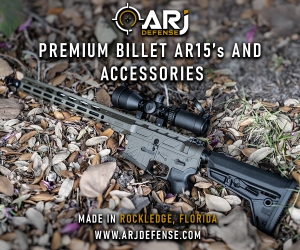I had a friend bring out a M-1 carbine a few days back. It was a Universal, and we shot about 100 rounds through it. I really enjoyed shooting this gun, and am considering buying one.Since then, I went looking on the internet for information about these guns, before I put down any hard earned cash for one. So far, it seems that Universal is held in fairly low opinion by most M-1 shooters, for a variety of reasons, the only ones that made sense to me was that they tend to be unreliable and hard to repair. Other new makes were also talked down. It appears that Auto Ordinance is a problem gun, too.I've decided that I should get a military version of the gun. I want a reliable gun that will hit 4 – 5'' at 100 yards. From what I gather, this is not asking too much.Fact is, I don't give a hoot what brand the gun is, or if it's made out of mixed parts, as long as it is a reliable and reasonably accurate gun. It's a fact that I don't have any idea of how to know what I'm getting. I know about taking a loaded shell and seeing if it will pass into the end of the barrel, but this seems like a pretty sorry way of telling whether the bore is worn out. Does a good military bore look any different than any other gun? Do any of you good folks know what things I should look at, and what those things should look like in a good military rifle? What parts seem to give the most trouble? Can I get what I want for $750, or so? Should I give up this idea and get a new make of rifle? I thought the Universal I shot was accurate enough, and fun, but if they break down a lot, it seems like a waste of money. Any help is appreciated. cd
Edited because I didn't write this as a single paragraph, and this system seems to want to make it that way. Let's try one of these smilie things: Ah hell, forget it.
Edited because I didn't write this as a single paragraph, and this system seems to want to make it that way. Let's try one of these smilie things: Ah hell, forget it.






